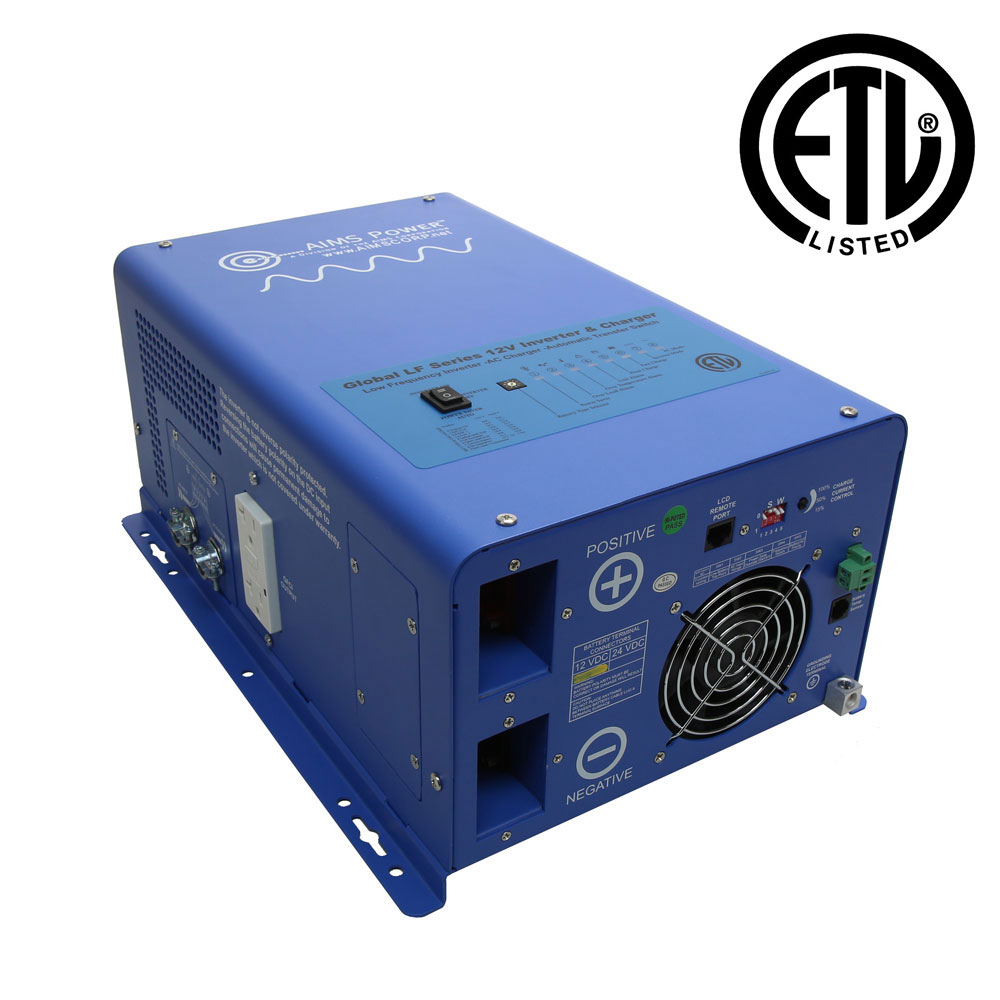Hedges
I See Electromagnetic Fields!
- Joined
- Mar 28, 2020
- Messages
- 20,436
My fence-mount array is facing East. Purpose is to make some power during the new peak-rate time of 4:00 to 9:00 PM.
My ground-mount arrays (only one visible) is SW, aimed at 2:00 PM sun.
One array is heavily shaded by a big bush. I plan to reassemble it aimed at morning sun (now that early afternoon isn't worth more than morning anyway.
Did you need year-round power, or is your system grid-tie?
You don't want shade on the panels. Whatever angle, South, SW, straight up, ideally have no obstructions head-on to the panel or 45 degrees off left and right, and better to point up at the sky than tilt steeply South and have it shaded during it's highest producing hours by trees.
But if you need power in the winter, then whatever orientation gets the most winter production.
If watts is watts and doesn't matter what season, then 20 degrees off horizontal, almost straight up, could be good.
My ground-mount arrays (only one visible) is SW, aimed at 2:00 PM sun.
One array is heavily shaded by a big bush. I plan to reassemble it aimed at morning sun (now that early afternoon isn't worth more than morning anyway.
Did you need year-round power, or is your system grid-tie?
You don't want shade on the panels. Whatever angle, South, SW, straight up, ideally have no obstructions head-on to the panel or 45 degrees off left and right, and better to point up at the sky than tilt steeply South and have it shaded during it's highest producing hours by trees.
But if you need power in the winter, then whatever orientation gets the most winter production.
If watts is watts and doesn't matter what season, then 20 degrees off horizontal, almost straight up, could be good.





